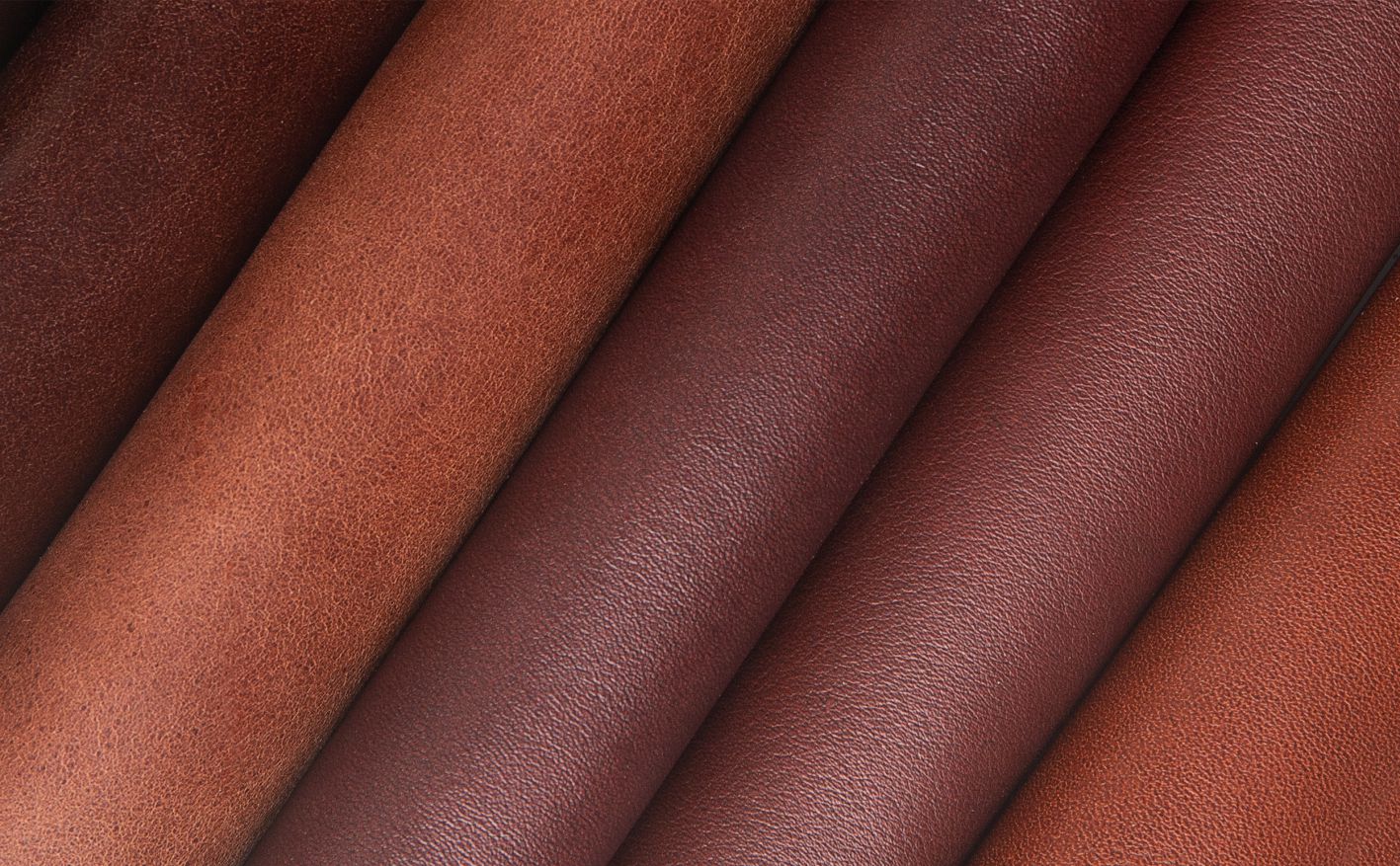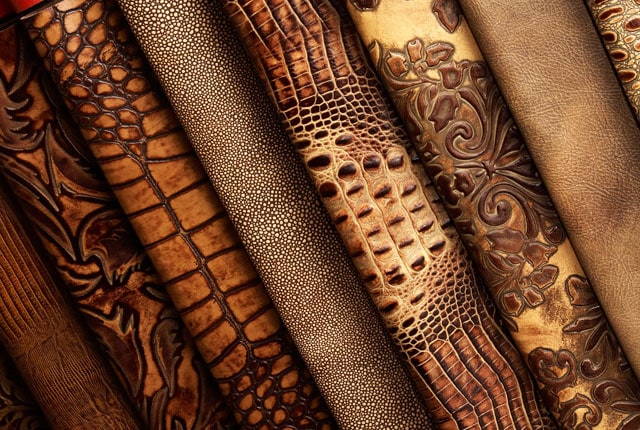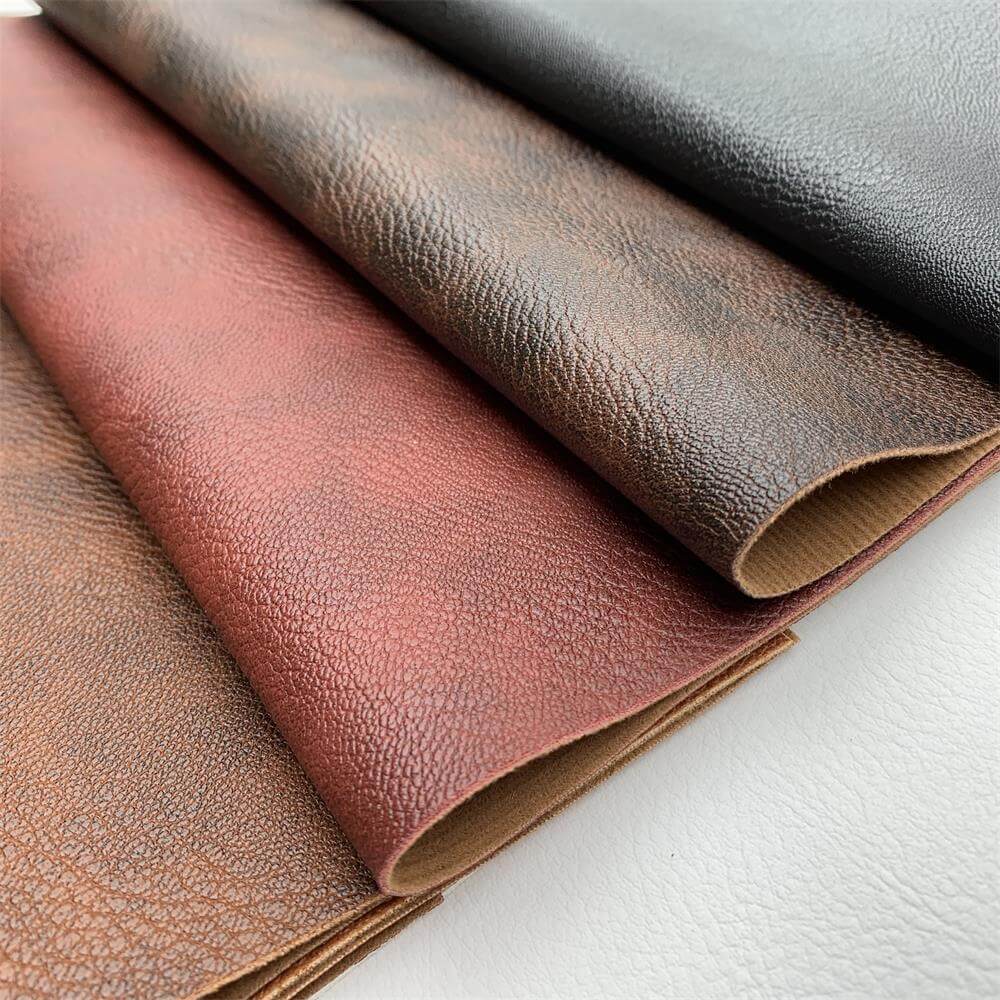Color Your Comfort: Tips for Applying Leather Paint on Car Seats
When it comes to car interiors, leather seats are often synonymous with luxury and comfort. However, over time, these leather surfaces can become scuffed, faded, or worn due to regular use and exposure to sunlight. Fortunately, leather paint offers a rejuvenating solution that can restore your car seats to their former glory. In this article, we will explore the best practices for applying leather paint on car seats, ensuring a smooth and professional-looking finish.
Understanding Leather Paint
Leather paint is a specialized type of paint designed to adhere to leather surfaces. Unlike regular paint, leather paint is formulated to be flexible and durable, allowing it to withstand the natural movements of the leather without cracking or peeling. Here are some key characteristics of leather paint:
- Flexibility: Leather paint is designed to stretch and move with the leather, preventing damage.
- Adhesion: It bonds effectively with leather, ensuring a long-lasting finish.
- Variety: Available in a wide range of colors and finishes, from matte to glossy.
- Water Resistance: Most leather paints offer some degree of water resistance, making them ideal for car interiors.
Preparing for the Job
Before diving into the painting process, proper preparation is crucial to achieving optimal results. Here’s how to get started:
Gather Your Supplies

For a successful leather painting project, you will need the following supplies:
- Leather paint (make sure it’s suitable for automotive use)
- Leather cleaner
- Soft cloths or microfiber towels
- Masking tape
- Fine-grit sandpaper (optional)
- Paintbrushes or sponge applicators
- Protective gloves and a mask (for safety)
Clean the Leather Surface

The first step in preparing your seats is to thoroughly clean them. Use a leather cleaner to remove any dirt, oils, or residues that could interfere with paint adhesion. Follow these steps:
- Apply leather cleaner to a soft cloth.
- Gently rub the cleaner onto the leather surface in a circular motion.
- Wipe away excess cleaner with a separate damp cloth.
- Allow the leather to dry completely before proceeding.
Assess Damage and Sand (if necessary)
If your leather seats have significant scratches or scuffs, lightly sanding the affected areas with fine-grit sandpaper can help. This step smooths the surface, allowing for better paint adhesion.
Applying Leather Paint

Once the leather is clean and prepped, it’s time to apply the paint. Here’s how to achieve a professional finish:
Masking Off Areas
Use masking tape to cover any areas that you don’t want to paint, such as stitching or nearby plastic trim. This ensures clean lines and prevents accidental overspray.
Testing the Paint
Before applying paint to the entire seat, it’s wise to test it on a small, inconspicuous area. This helps you confirm that the color matches and adheres well.
Applying the Paint

When applying leather paint, follow these steps for the best results:
- Use a paintbrush or sponge applicator to apply a thin layer of paint.
- Work in small sections to ensure even coverage.
- Allow the first coat to dry completely (usually taking about 1-2 hours).
- Apply additional coats as necessary, usually 2-3 coats for optimal coverage.
Finishing Touches
Once you’ve applied the final coat of paint, it’s essential to protect your work. Here’s how to seal and maintain your newly painted leather:
Sealing the Paint
After the paint has dried, consider applying a leather sealer. This adds an extra layer of protection against wear and tear and enhances the paint’s durability.
Reconditioning the Leather

To maintain the suppleness of the leather, apply a leather conditioner after the paint has cured. This keeps the leather looking fresh and prevents it from drying out or cracking.
Common Mistakes to Avoid

While painting leather seats can be a rewarding DIY project, there are common pitfalls to avoid. Here are a few:
- Skipping the cleaning process: Failing to clean the leather properly can lead to poor paint adhesion.
- Applying too thick a coat: Thick layers of paint can lead to cracking. Always opt for multiple thin layers instead.
- Using non-leather-specific paint: Regular paint won’t adhere well and could damage the leather.
- Neglecting to protect surrounding areas: Failing to mask off areas can result in a messy finish.
Real-Life Examples and Case Studies
Many car enthusiasts have successfully used leather paint to restore their vehicle interiors. For instance, a case study from a popular automotive blog showcased a 2010 BMW with severely faded leather seats. The owner used a high-quality leather paint and reported the following results:
- The seats looked brand new after the restoration process.
- The paint adhered well and showed no signs of cracking after six months of use.
- The owner was able to save significant costs compared to professional reupholstering.
Applying leather paint to car seats can breathe new life into your vehicle’s interior, making it look fresh and inviting. By following the proper preparation steps, applying the paint correctly, and taking the time to seal and maintain the leather, you can achieve stunning results. Remember to avoid common mistakes and consider the experiences of others to guide your project. With patience and care, you can transform your car seats and enhance your overall driving experience.
Whether you’re a DIY novice or a seasoned pro, the right approach to leather painting can turn your car’s interior into a personal sanctuary. So gear up, gather your supplies, and get ready to color your comfort!


